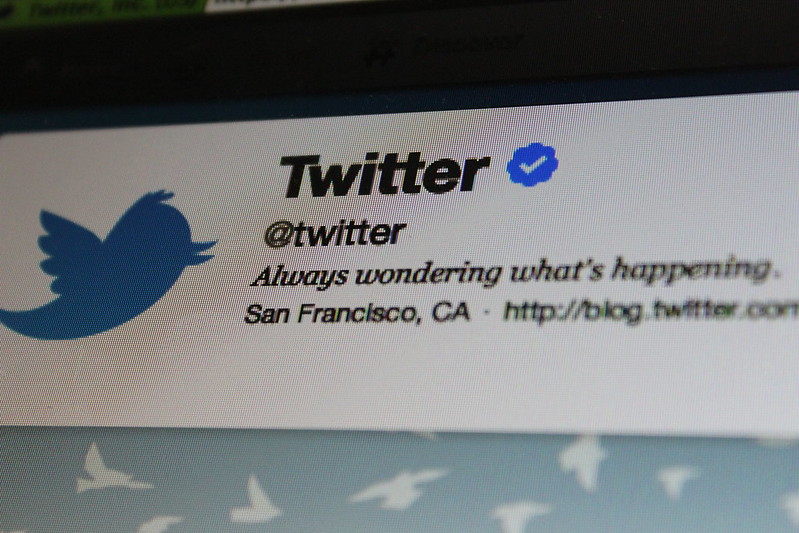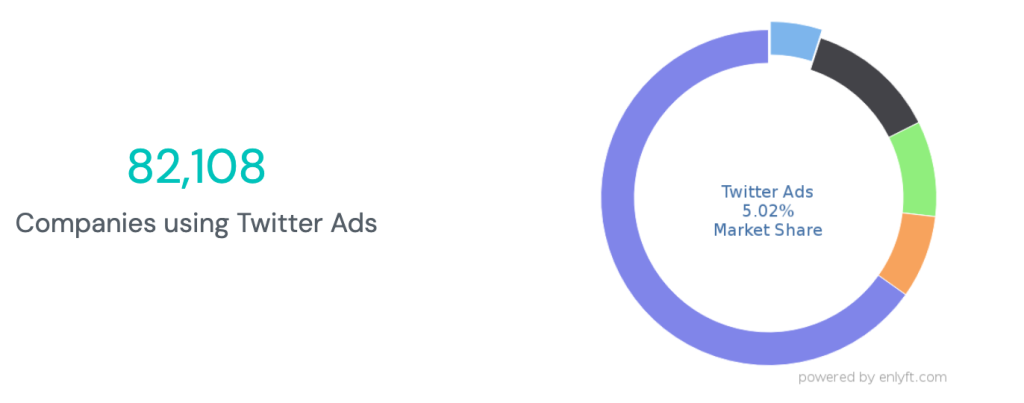Student: Kiana Hao || Tutor: xxx
Introduction
Ensure human rights are central to the management of Twitter.
Volker Türk
In November 2022, Volker Türk , the United Nations High Commissioner for Human Rights, released an open letter to Elon Musk, Twitter’s new CEO, urging that “human rights are central to the management of Twitter”. In the letter, Türk also listed six human rights principles that Twitter should put first in its governance, including not spreading hate speech and misinformation, stressing that users’ privacy should be protected, and that “Free speech is not a free pass”.
Earlier this year, Twitter was accused of misusing user data for $150 million over the past six years. Twitter reportedly asked users for phone numbers and email addresses, according to the commission. Log factors on the purpose of this information is for better protection and account recovery will create multiple identities. However, Twitter also used the information in its targeted ads (Twitter fined $150M for handing users’ contact details to advertisers, 2022).

“Twitter” by chriscorneschi is licensed under CC BY-SA 2.0.
Social media has become an integral part of modern society, and people can use these platforms to communicate with friends, family and colleagues and share their lives. With the popularity of social media use, personal privacy, as well as human rights, has become an increasingly important issue. This article explores the relationship between social media and personal privacy and fundamental rights, and provide advice on how to balance data utilization and personal rights.
About Twitter
X, the social media platform formerly known as Twitter, is an online social media software that allows users to post short messages (tweets) and interact with other users. It is characterized by the quick and concise transmission of information. Users can post short messages in 140 characters or less, which makes the delivery of information very fast. At the same time, due to the word limit, users must express their opinions in concise language, which also makes the information easier to understand.
In 2023, Twitter has around 528.3 million monthly active users and 237.8 million daily active users (Shewale, 2023). Of these users, more than 80% of B2B businesses are marketing on Twitter, and 77% of users have a better impression of a brand when responding to a tweet. These businesses and brands use advertising platforms to promote their products and services, interact with potential customers, and provide customer support. They can use Twitter’s precision ads targeting feature to target ads to specific user groups, increasing the effectiveness and conversion rate of ads (Companies using Twitter Ads).

Twitter Ads Market Share, Source: enlyft.com
Since Elon Musk took over Twitter, he has focused both on preventing data from being easily streamed off the platform and on improving the quality of the data on the platform. For example, he has eliminated free access to the Twitter API in favor of a variety of premium plans that range in price from $100 to $5,000 per month, with plans for enterprise users starting at $42,000 per month (Binder, 2023).
Musk also offers rewards to high-impact users who are willing to pay and specifically post content on the Twitter platform, which usually does not include bot accounts. In order to gain more exposure, these users may reduce the number of links or other sources that refer to the open web. Musk also incentivizes good content creators by sharing the advertising revenue generated by their content. For example, he promised journalists more writing freedom and higher pay if they posted directly to Twitter.
Privacy Issues: Past and Now
In 2020, Twitter faced European sanctions over privacy issues on the social platform. The Irish Data Protection Commission said it was calling on other EU countries to sign up to the draft in response to the Twitter data breach.
Recently, Twitter introduced new privacy policy to explicitly state in the Rule 2.1:
We may use collected and publicly available information to help train our machine learning or artificial intelligence models.
The new privacy policy also states that biometric data, employment and education information will be collected from September 29. When the user agrees, Twitter will collect the user’s biometric information for security and other purposes to make the account more secure. This means that Twitter will continue to utilize the user data it collects to improve its service, and may exclusively use it as input to xAI (Elon Musk’s artificial intelligence company launched in April) to train its models. https://time.com/6294278/elon-musk-xai/

“Elon Musk #ElonMusk” by Olivia Longray is licensed under CC BY-SA 2.0.
Social Media Brings to Privacy Issue
Actually, the personal privacy violation on the social media has been a problem for a long time, this is because that personal private information has high utilization value (Houghton & Joinson, 2014). In the process of people’s contact with the Internet, all traces of network activities may become valuable data, and users’ search records can provide valuable data for search engine websites (Line et al., 2020). For example, the purchasing tendency of users provides valuable data for the planning and marketing of e-commerce enterprises, meanwhile, with the rise of social networking, users’ social connections are equally valuable.
Similarly, after the rise of LBS (Location-Based Service) technology, the geographical location information of Internet users can also be used, not only can LBS technology be used to track the movement of users in real life, to provide personalized services, even without LBS, mobile communication base stations can also achieve positioning (He, 2017). The characteristics of anonymity and concealment in the network environment make the way and speed of information transmission more uncontrollable (Wu et al., 2021). Even if a user deletes personal information on a social media platform, the information is likely to have been reposted or saved by others, even years later, causing secondary damage.

“using location-based services in small towns – suddenly at the top of the yelp leaderboard for San Angelo!” by justin is licensed under CC BY 2.0.
Big data has broadened the channels of user information acquisition and collection, but it has also brought another important problem, which is the conflict between privacy and convenience. To some extent, Internet users benefit from the convenience brought by mass data: lower product prices, more accurate advertising needs, and broader social interaction participation. However, the greater the benefit, the greater the concern about privacy and security.
The Prism scandal forced the US government to make an awkward explanation: “You can’t have 100% security and 100% privacy and 100% convenience at the same time.”The primary emphasis on protecting private data security is that users should have control over their personal data, such as knowing to what extent it is disclosed, to whom it is disclosed, and for what purposes others will use it (Abouelmehdi et al., 2017). Through the analysis of massive data, a person can also be concretized, so in the application of big data, various types of personal information can be associated and used. Therefore, the privacy and security issues of social media under the application of big data are more prominent.
Other Human Rights Need to be Noticed
Freedom of expression is a fundamental human right that guarantees individual freedom of expression and exchange of ideas (Saurwein & Spencer-Smith, 2020). As the main channel of modern information exchange, social media platforms should shoulder the responsibility of safeguarding freedom of expression. However, with the development of social media, some problems have gradually emerged.
Information filtering and content moderation by social media platforms are inevitable. In order to prevent the spread of false information, hate speech and other illegal content, platforms often need to develop rules and policies for content moderation (Morrow et al., 2022). This has led to controversy over whether the platform restricts free speech. Some argue that excessive content censorship and restrictions weaken free speech and limit individual expression rights. While others argue that social media platforms should take more responsibility to prevent the spread of false information and malicious content (Coe, 2015).
Conclusion
In summary, social media platforms, governments, regulators and the public should be actively engaged in discussions and exploring solutions to create a more secure, just, transparent, free and trusted environment for the dissemination of information, with full respect for human rights and the protection of individual privacy. Only with such efforts can social media truly play its positive role in promoting social progress and diversity of speech.
Reference List
Abouelmehdi, K., Beni-Hssane, A., Khaloufi, H., & Saadi, M. (2017). Big data security and privacy in healthcare: A Review. Procedia Computer Science, 113, 73-80.
Binder, M. (2023a, March 10). Twitter’s new API plan costs up to $2.5 million per year. Mashable. https://mashable.com/article/twitter-elon-musk-paid-enterprise-api-access-pricing#:~:text=Enterprise%20API%20packages%20will%20go,for%20its%20lowest%20subscription%20tier.&text=Twitter%20is%20finally%20starting%20to,would%20soon%20be%20cut%20off.
Coe, P. (2015). The social media paradox: an intersection with freedom of expression and the criminal law. Information & Communications Technology Law, 24(1), 16-40.
Companies using Twitter Ads. enlyft. (n.d.). https://enlyft.com/tech/products/twitter-ads#:~:text=Twitter%20Ads%20is%20most%20often,and%20Bing%20Ads%20as%20well.
Guardian News and Media. (2022, May 26). Twitter fined $150M for handing users’ contact details to advertisers. The Guardian. https://www.theguardian.com/technology/2022/may/25/twitter-user-data-advertising-settlement#:~:text=Twitter%20fined%20%24150m%20for%20handing%20users’%20contact%20details%20to%20advertisers,-This%20article%20is&text=Twitter%20has%20been%20fined%20%24150,to%20target%20them%20with%20adverts.
He, W. (2017). Research on LBS privacy protection technology in mobile social networks. In 2017 IEEE 2nd Advanced Information Technology, Electronic and Automation Control Conference (IAEAC) (pp. 73-76). IEEE.
Houghton, D. J., & Joinson, A. N. (2014). Privacy, social network sites, and social relations. Human Services in the Network Society (pp. 77-97). Routledge.
Morrow, G., Swire‐Thompson, B., Polny, J. M., Kopec, M., & Wihbey, J. P. (2022). The emerging science of content labeling: Contextualizing social media content moderation. Journal of the Association for Information Science and Technology, 73(10), 1365-1386.
Line, N. D., Dogru, T., El-Manstrly, D., Buoye, A., Malthouse, E., & Kandampully, J. (2020). Control, use and ownership of big data: A reciprocal view of customer big data value in the hospitality and tourism industry. Tourism Management, 80, 104106.
Saurwein, F., & Spencer-Smith, C. (2020). Combating disinformation on social media: Multilevel governance and distributed accountability in Europe. Digital journalism, 8(6), 820-841.
Shewale, R. (2023, September 17). Twitter statistics in 2023 – (facts after “X” rebranding). DemandSage. https://www.demandsage.com/twitter-statistics/#:~:text=Twitter%20Users%20And%20Their%20Demographics&text=Let%20us%20take%20a%20closer,528.3%20million%20monthly%20active%20users.
Wu, J., Zou, W., & Long, H. (2021). Effective path prediction and data transmission in opportunistic social networks. IET Communications, 15(17), 2202-2211.

